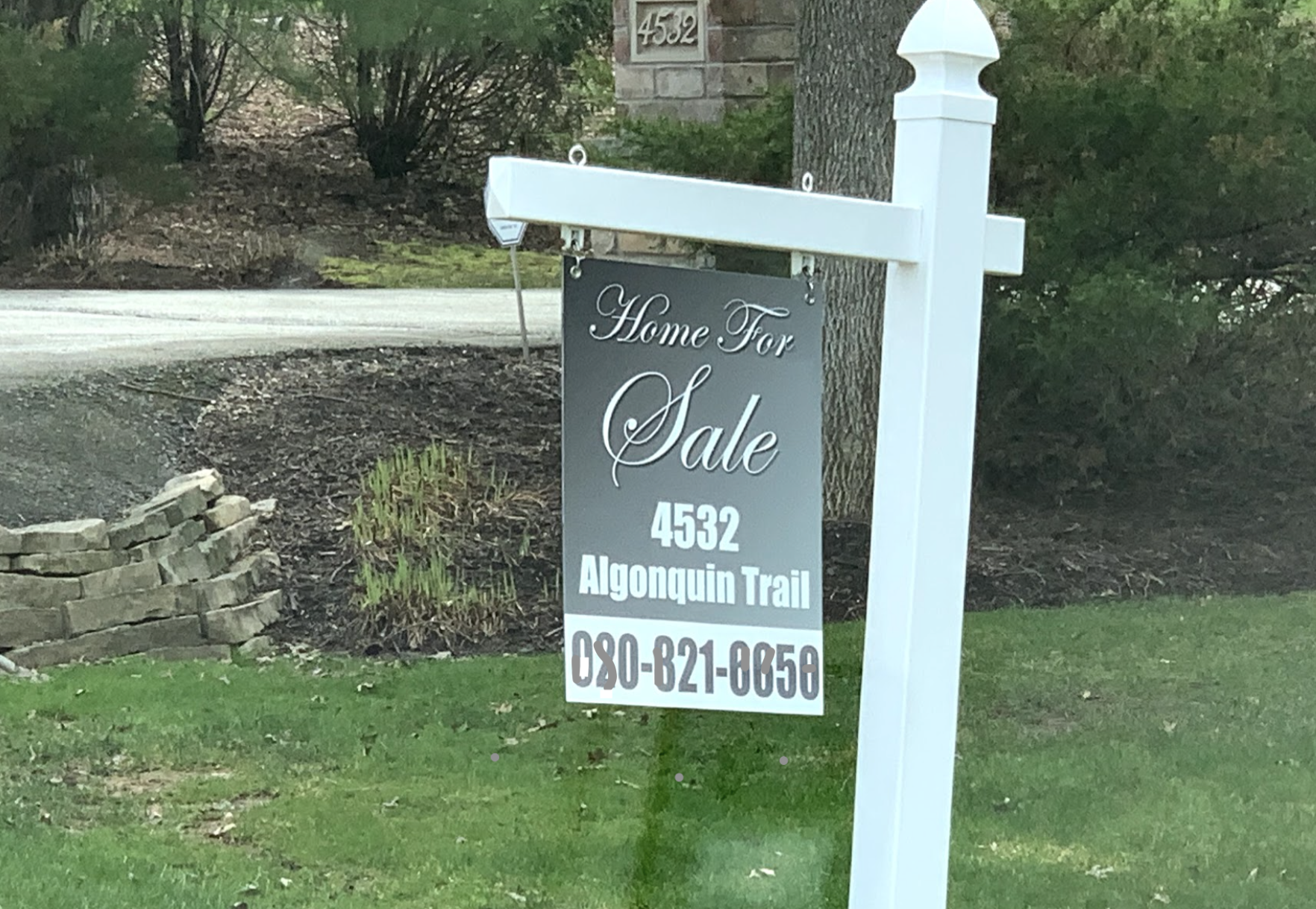
Reader Question: We will be selling our home in the coming months. A friend who sold on their own talks about how she felt it was worth the time and learned a lot from the experience. Another friend tried it and said it was a big waste of time and money. He spent about $800 on web advertising, signage, and contract forms, and later went with an agent. What are factors FSBOs should consider?
Monty’s Answer: There are eight critical factors FSBOs should consider. It is common for a real estate agent to approach a FSBO. They have a customer whose desired requirements fit the home’s description. Whether or not a seller will cooperate is a statistic with no substantial research. Here is a DearMonty article comparing FSBO to an agent that you may find helpful.
The National Association of Realtors (NAR) recognizes that there is consumer pressure for reduced commissions. There are a variety of alternate business models existing today that offer lower commissions. Very few survive for long periods. Redfin, the largest discount broker in the US, was organized in 2004 and went public in 2006. The company has yet to make a profit in 16 years.
The industry claims FSBOs account for ten-percent of all sales. I believe there are eight critical factors in the FSBO method. A homeowner can overcome some of them with some study and research. Not every FSBO will experience every imperfection, but any imperfection can derail a potential sale. Many real estate agents suffer from some of the same weaknesses. A chain is only as strong as its weakest link.
- Uncomfortable qualifying the buyer – most of us have been taught to mind our own business. Selling your home is your business. You have a right and a responsibility to ask the right questions.
- Access to timely data: Good data exists out there, but it is expensive. Most home sellers only access to useful data is through real estate agents. Most of the other data out there are incomplete or stale.
- Contracts: There is a big difference between reading and understanding. Remember, the folks who designed these documents went to school to learn what they mean in the law.
- Follow up – There is an underlying feeling that you are too anxious to sell and send the wrong signal if you call back. You can learn to follow-up without sounding desperate.
- Knowing what information to share – Even if they are pet lovers, they really want to see the house. They are not there to make friends. Be professional – stick to business.
- Seller condition report – Many states require all sellers, including FSBOs, to furnish a seller condition report. Failure to do so puts your transaction in jeopardy if the buyer balks before the closing.
- Objective valuation – One of the real estate agents’ faults is picking the right comparables. Homeowners often overlook their bias, and they have little experience.
- Limited or ineffective marketing – most homeowners have limited circles of influence. While sticking a sign in the yard can work, as can some promotion, it is counterintuitive to saving money.
My estimate is that 20-30 percent of the FSBO sales involve a real estate agent with a buyer. Homeowners can be successful in offering their home for sale without a listing agent, and many of those find a buyer without a selling agent. If the NAR number is correct, FSBOs are the largest real estate company in America.
